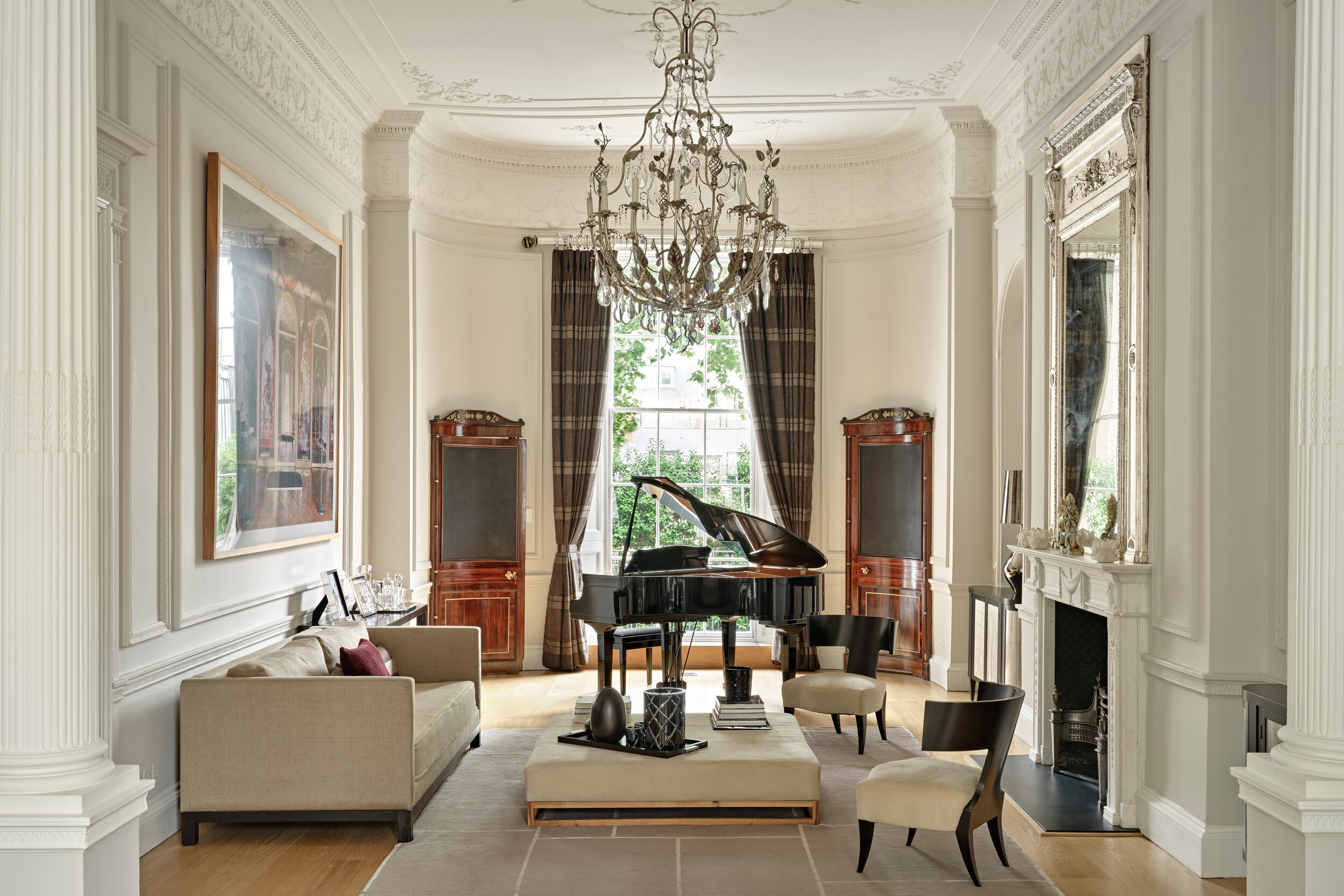Do I Need an Interior Designer or an FF&E Designer?
Any project worth its salt knows the value of having professionals onboard, but the details often tend to escape amid the plethora of different roles and tasks and areas. Knowing what's what can make all of the difference when you're thinking about designing your project and choosing who and what you need to include in your plans and your budget. Allow us to help out and clear up the question for you: do you need an interior designer or an FF&E designer?
What is an Interior Designer?
Interior design plays a key role in any project; it is the art and science of enhancing the interior of a building to achieve a healthier and more aesthetically pleasing environment for the people using the space. An interior designer is someone who plans, researches, coordinates, and manages such enhancement projects. That includes conceptual development, space planning, technical detailing, site inspections, programming, research, communication, construction management, and execution of the design.
What is an FF&E Designer?
FF&E designers play the role of the Interior Stylists of a room. The creation of FF&E documents is based on the design concept, which sets the mood and vision. Specifically, it means the design interacts with the architecture without making any architectural changes. The FF&E scope of work is everything in the room that isn’t bolted to the structure of the building. FF&E designers coordinate and manage the procurement of furnishings for an array of projects as well as the schedules, and assist the workings of the studio, from clients visiting the showroom, the ordering of samples, to the installation of the finished interior.
What are the core differences between an interior designer and an FF&E designer?
Some say that it's the difference between interior design and interior decoration, but we know that's not the big picture. Whilst an interior designer covers the broad conceptual creation and execution of a vision, an FF&E designer is a hands-on specialist in the specific tangible features, ensuring every piece works with the overall concept.
What to look for in an FF&E Designer?
The skills needed by a good FF&E designer are a combination of things. The things we look for when we bring new FF&E designers onboard make a great framework for you to use too:
Your FF&E designer should be talented and experienced, and happy to prove it! Ask to see their portfolio and pick somebody you feel can bring to life your design ideas.
Your FF&E designer must be impeccably organised with a talent for planning and scheduling, given the amount of coordination that goes into their job!
Your FF&E designer should be creative and know what furniture works with what! Colours, materials and general creativity is a must!
Lastly your FF&E designer has to be friendly and personable - you have to get on well! This person is going to be with you through stresses and successes, you need a strong communicator and a good listener, someone you trust.
Why consider an FF&E Designer?
FF&E designers make all the difference - that's why. The experience and talent they bring to the project takes it from pretty DIY to realising your dream space. They're a part of the whole process, and their support and direction are an invaluable tool in your build kit! Here are the most prominent benefits you'll find when employing an FF&E designer:
1) Expertise across project management and planning
Your FF&E designer knows exactly what they're doing. Everything hangs on getting it right at this point, including all the things you might not have considered, which means outsourcing this bit is a blessing - trust us!
2) Support with specifying, delivery and installation
An FF&E designer knows where and when to go and how to find what you're looking for. They have contacts in the business and experience with delivery and installation processes that can make or break the project.
3) Create beautiful purposeful spaces for you
Balancing the function and aesthetic takes skill and experience, which is why you need an FF&E designer. Additionally, and item being fit for purpose isn't something that's well considered, and that's their job, so you get your ideal outcome, that can also be used perfectly too.
4) Source the furniture and fixtures you need whether for residential or commercial purposes
You want what you want, and your expert's job is to move heaven and earth to make that happen for you. Using an FF&E designer gets you the space you want when it's personal and meets the needs of corporate spaces with ease too.
Ultimately, we can't choose for you, it's your project and your decision, but what we can do is help you make the right one! Talk to us with any questions and we'll guide you to your perfect answer.
If you’re interested in knowing more about how SP3 London can support you in managing your FF&E requirements, get in touch with us today.





